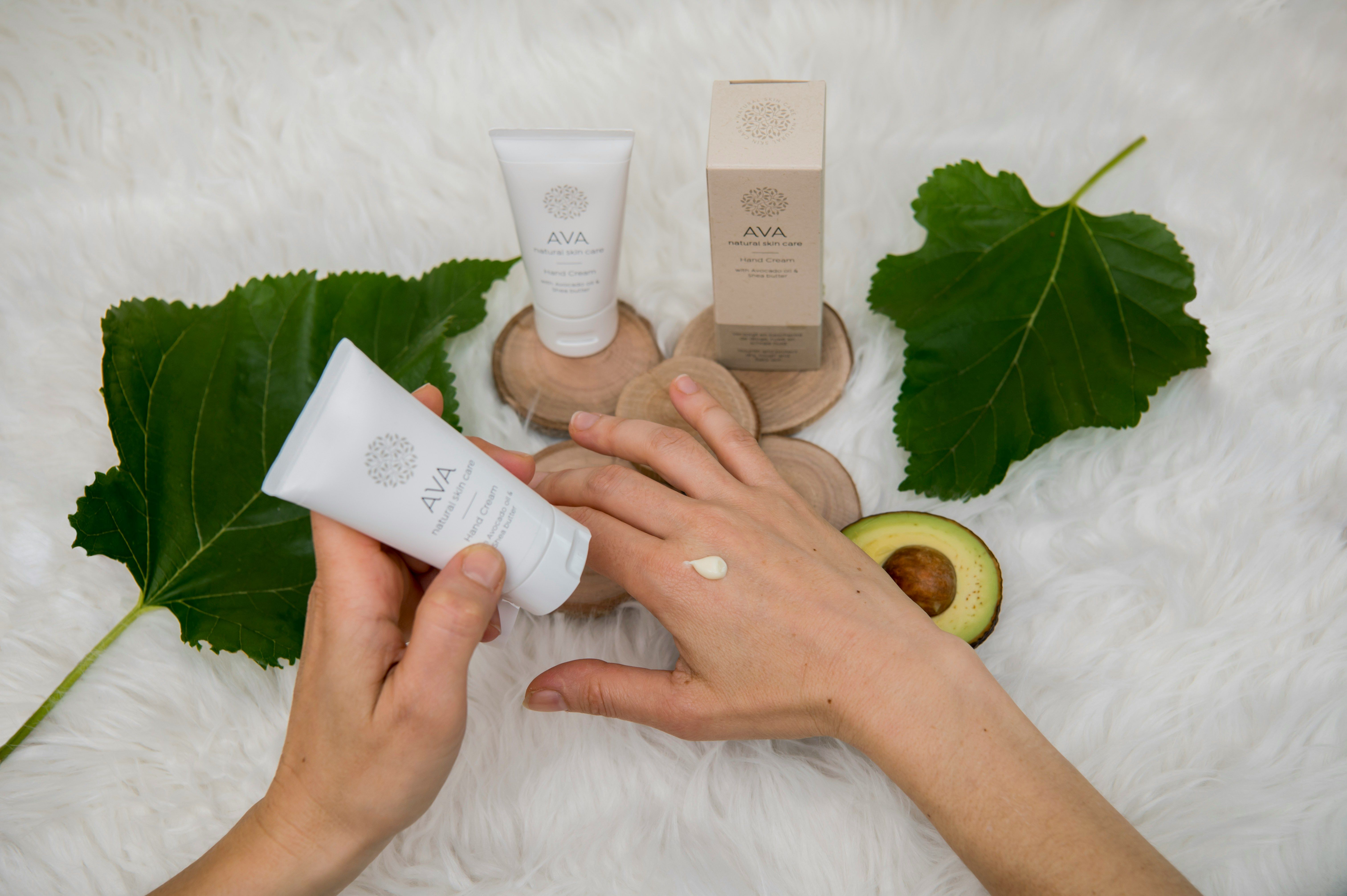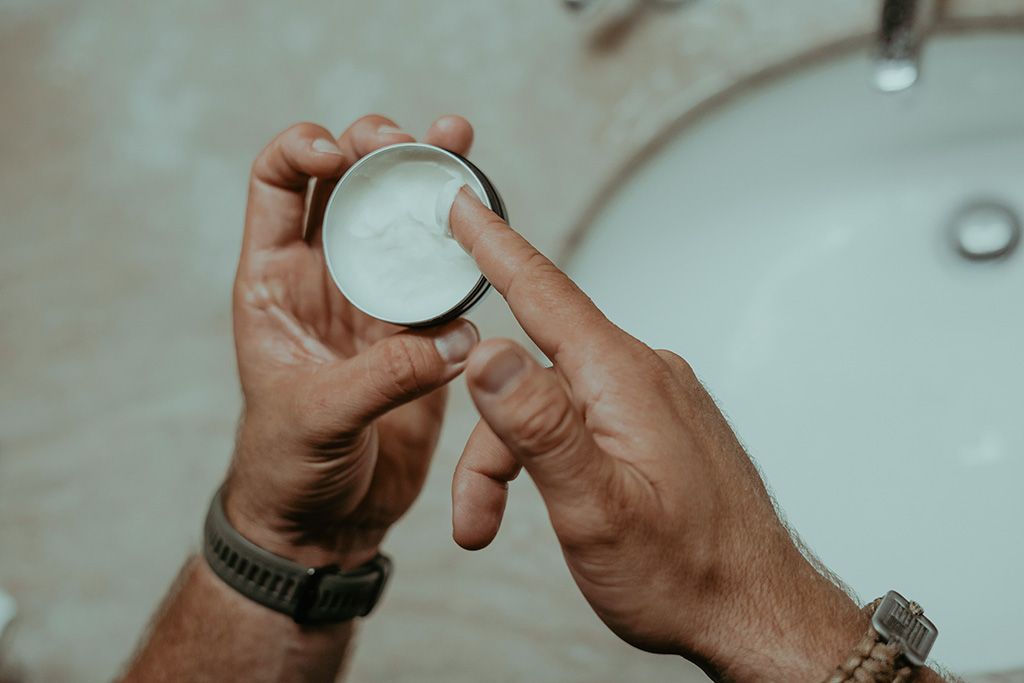OEM Hand Cream: A Guide to Finding the Right Manufacturer
Looking for the ideal OEM hand cream manufacturer to elevate your brand? With numerous options available, how do you select the perfect partner to meet your specific needs? Keep reading as we delve into essential factors like customization, quality, and market trends to guide your decision.
Understanding OEM Hand Cream Manufacturing
OEM (Original Equipment Manufacturer) hand cream production involves a manufacturer creating products that are rebranded and sold by another company. This approach allows businesses to offer high-quality hand creams without investing in their own production facilities. By partnering with an OEM manufacturer, brands can focus on marketing and distribution while ensuring product quality and compliance.
Benefits of Partnering with an OEM Hand Cream Manufacturer
- Customization: Develop unique formulations tailored to your brand's identity, including choices in ingredients, scents, and packaging. For an example of private label options, check out this page on OEM hand cream.
- Cost-Effectiveness: Avoid the substantial investment required for setting up manufacturing facilities. OEM partnerships enable you to allocate resources more efficiently.
- Scalability: Easily adjust production volumes in response to market demand, facilitating seamless business growth.
- Expertise: Leverage the manufacturer's experience in product development and quality assurance to deliver superior products to your customers.

